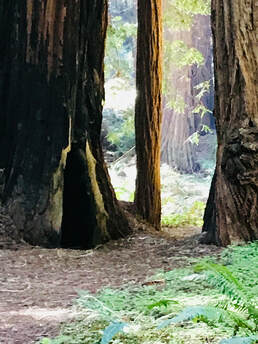 by Patrice Green As healers, our roles are pretty clear: offer tools and light the way so clients can step into their own path of healing. Sometimes that is very easy to do, but not always. There are times when we find ourselves working with people who are in the middle of the real meat and bones of it – perhaps it is a client who is entering the death cycle or someone who has a close friend or family member doing the same. Sometimes we are working with people who need an extraordinary amount of support because the path they are currently navigating is anything but smooth. It is in those times, with those clients that we healers need to remember the most important rule, that of detachment. It is the clients’ job to do the work; we are merely facilitators and space holders. In short, we are not on the path, we are merely companions along the way. Ok, that’s a deep lesson for a healer to learn, and hopefully we learn it early in our practice so we don’t take on that which is not ours to own. This lesson is one stop along the way of what I’ve come to call “The Healer’s Path.” What does the Healer’s path look like? Is it straight, crooked, wide, or narrow? Does it have impediments requiring a creative approach to move forward? Does it have company along the way or is it a solitary trek through the dark night of the soul? Is it some combination of all of that and more? Certainly it is personal, meaning that it is different for each of us. Teachers will appear from time to time to guide and inform us. What happens if we are firmly on the path but find ourselves bogged down for some reason? Where do Healers go to re-group, rejuvenate, renew? We have a fabulous toolbox to offer our clients, but what do we offer ourselves? Worst of all, sometimes we can get so mired that there’s not enough objectivity to remember everything in our toolbox. It’s one of the reasons physicians do not treat themselves or family members – it is nearly impossible to be detached enough to assess ourselves when we are in a crisis state. It is in those moments that I advocate removing one’s self from whatever situation is causing the stress, even for a few days, so that one has a chance to step back, take a deep breath and regroup. If time away isn’t possible for budgetary or logistical reasons, there are other tools we can use, such as meditation, for at least a mental break. If meditation isn’t working, remember that it is almost impossible to make a cup of tea and not have that be an active meditative practice. Mindfully selecting the herbs, preparing the water, selecting which cup to drink from and sitting quietly for a few moments can be a brief but necessary oasis in an otherwise chaotic and stressful day. Select whichever heart/mind herbs speak to you – those herbs that help integrate what our heart is telling us with what our mind is saying. Wood betony (Stachys officinalis), Gotu kola (Centella asiactica), Skullcap (Scutellaria lateriflora) and Mimosa (Albizzia julibrissin) are a few examples that come to mind. Having a network of fellow healers to call is also imperative. A fellow healer who is also a dear friend can often serve as a guiding light through our own dark passage. They can and will bring their objectivity and knowledge into play when circumstances are too stressful to allow one to heal one’s self. This is why communities like Herbstalk are so crucial to the Healer on his/her path. But most importantly, we need to remember that we are lighting the way for others’ journeys. We are not on those journeys ourselves. Their burdens are not ours, and what a relief that reminder can be! Join us this June 1st and 2nd for the next fabulous Herbstalk event so you can re-visit your Healer tribe!  Patrice Green is the founder of Green Aromatics, a holistic practice offering education and consultations in many healing modalities. Certified as both a clinical herbalist and aromatherapist, Patrice is also passionate about Reiki and the healing properties of flower essences. She incorporates energy healing and shamanic techniques in her session work with clients and is also an Animal Reiki practitioner. Patrice maintains a mentorship practice with master healer Catherine Miller, which began in 2010. Available for workshops or consultations, she is also a regular contributor to the Herbstalk blog and volunteers at Wolf Hollow in Ipswich, an educational sanctuary dedicated to the preservation of the wolf in the wild through education and exposure. by Marissa Ranahan What is Nettle? The arrival of spring calls the lovely rebirth of the Nettle plant. This abundant (and edible!) herb is a member of the Urticaceae plant family. Nettle grows widely in nitrogen rich soils -- found in both the United States and dispersed throughout Europe. Although painful to the touch, when used internally, nettle is a gentle healer for various ailments. What are the benefits of Nettle? Nettle has a plethora of vitamins and minerals housed within its green leaves. It’s commonly known to herbalists as a revitalizing plant -- used to “revive” the entire body and increase organ functionality. In particular, nettle works to improve daily kidney, liver, and stomach functions. For many, nettle has been used as an essential herb for stress, fatigue, and burnout. Herbalists recommend nettle for prolonged stress since the plant works profoundly on the adrenal system. Nettle is also the perfect herb for treating seasonal allergy symptoms - such as runny nose, itching, and allergy-related headaches due to its natural anti-histamine property. Nettle is known as a “super herb” regarding its ability to help women at every stage of life. Specifically, it helps women combat fatigue caused by low iron. For expecting mothers, nettles provide high amounts of Vitamin K to prevent blood clots from pregnancy. Once the child is born, taking nettle supplements increases the supply of a mother’s breast milk. The plant provides deep nutrition for both the newborn baby and the mother’s health. How do you take Nettle? The way nettle is taken depends on personal preference. The most common ways are teas, tinctures, and herbal capsules. Many herbalists will also incorporate nettle into their daily meals (via soups, sauces, or infused vinegars) for the best assimilation of the plant’s vitamin and mineral content. As a food-grade plant, nettle is gentle enough for people of all ages and constitutions to use in moderation. Note: Fresh nettle leaves will sting upon contact. This property is deactivated with drying or cooking, so have no fear! If you are feeling adventurous and want to make a healthy green smoothie with foraged nettle, try this recipe during the upcoming spring months:
to deactivate the sting in their leaf hairs. Bring a pot of water to a boil and drop the clean leaves in, allowing them to cook for 1-2 minutes. Stir frequently. Strain out the leaves and add them, along with the rest of the ingredients, to the blender. Puree and drink! 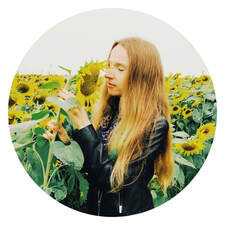 Marissa has been drawn to the world of aromatics and plants since she was a child. Certified in aromatherapy, Reiki, and meditation, she actively changes lives using these healing practices. Additionally, she is a holistic life coach, and works towards helping others heal while simultaneously getting in touch with their spiritual side. As Herbstalk's Marketing Manager, Marissa draws upon years of experience to oversee vendor relations, event management, and marketing campaigns. As a longtime attendee and member of the Herbstalk community, she is beyond thrilled to be a part of the team! |
Archives
November 2023
Categories
All
|
Join the Newsletter!
Receive news about future Herbstalk events
Thank you!
You have successfully joined our subscriber list.
Copyright © Herbstalk 2024
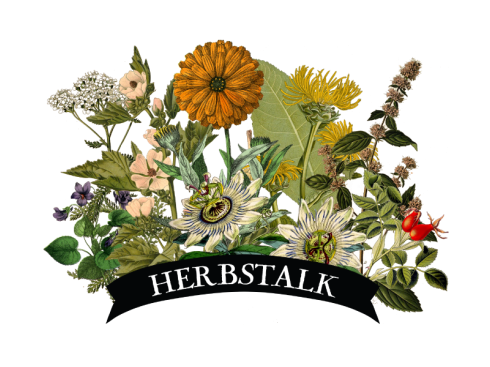
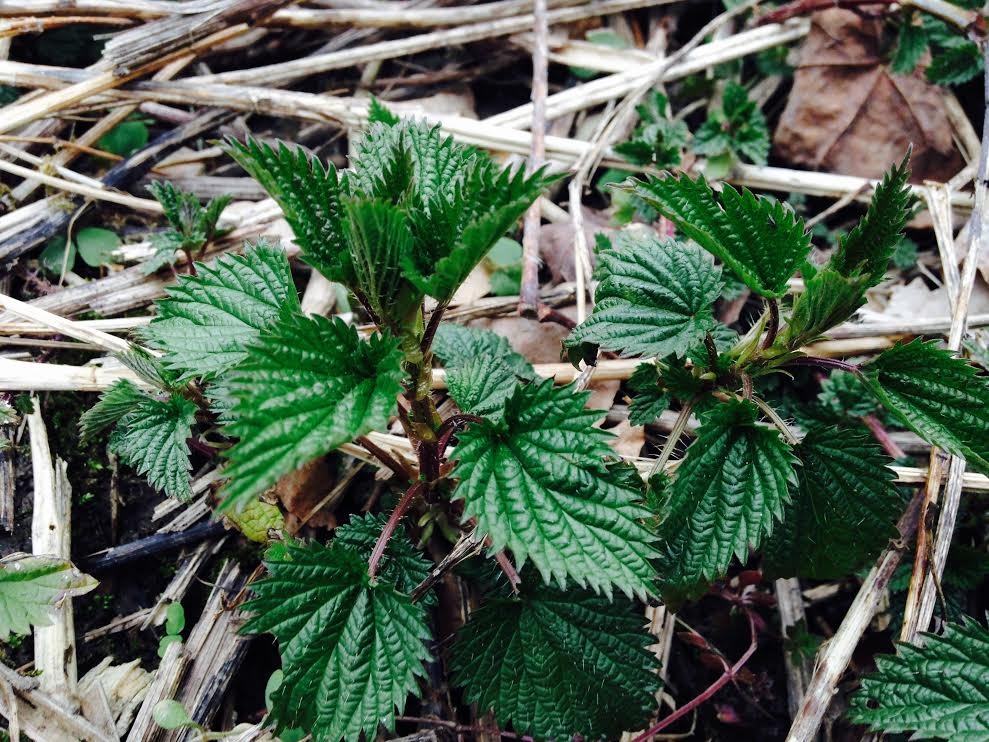
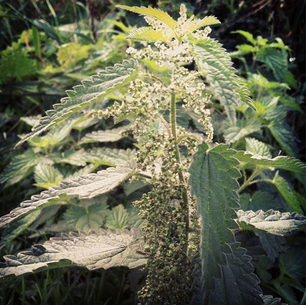
 RSS Feed
RSS Feed